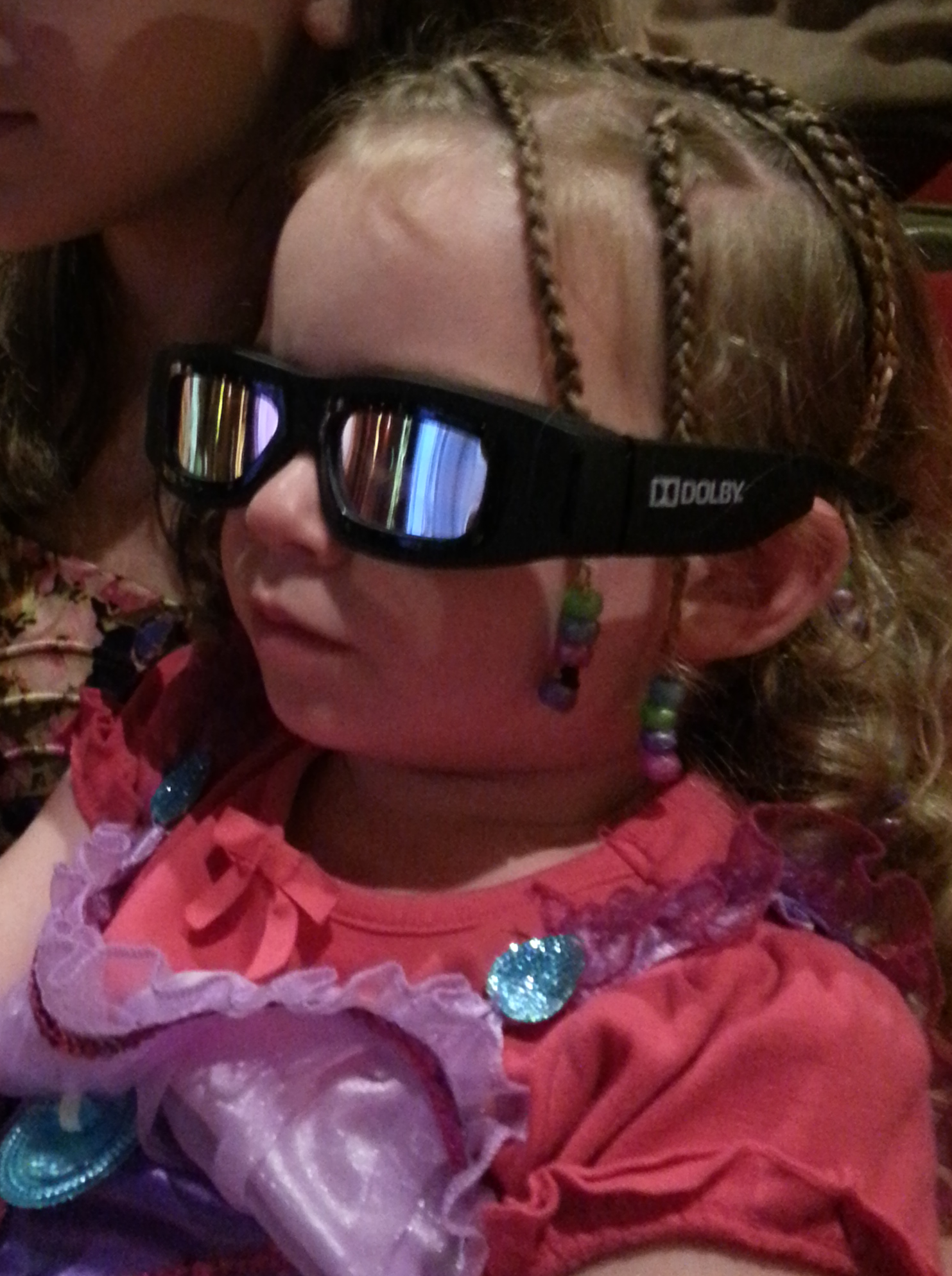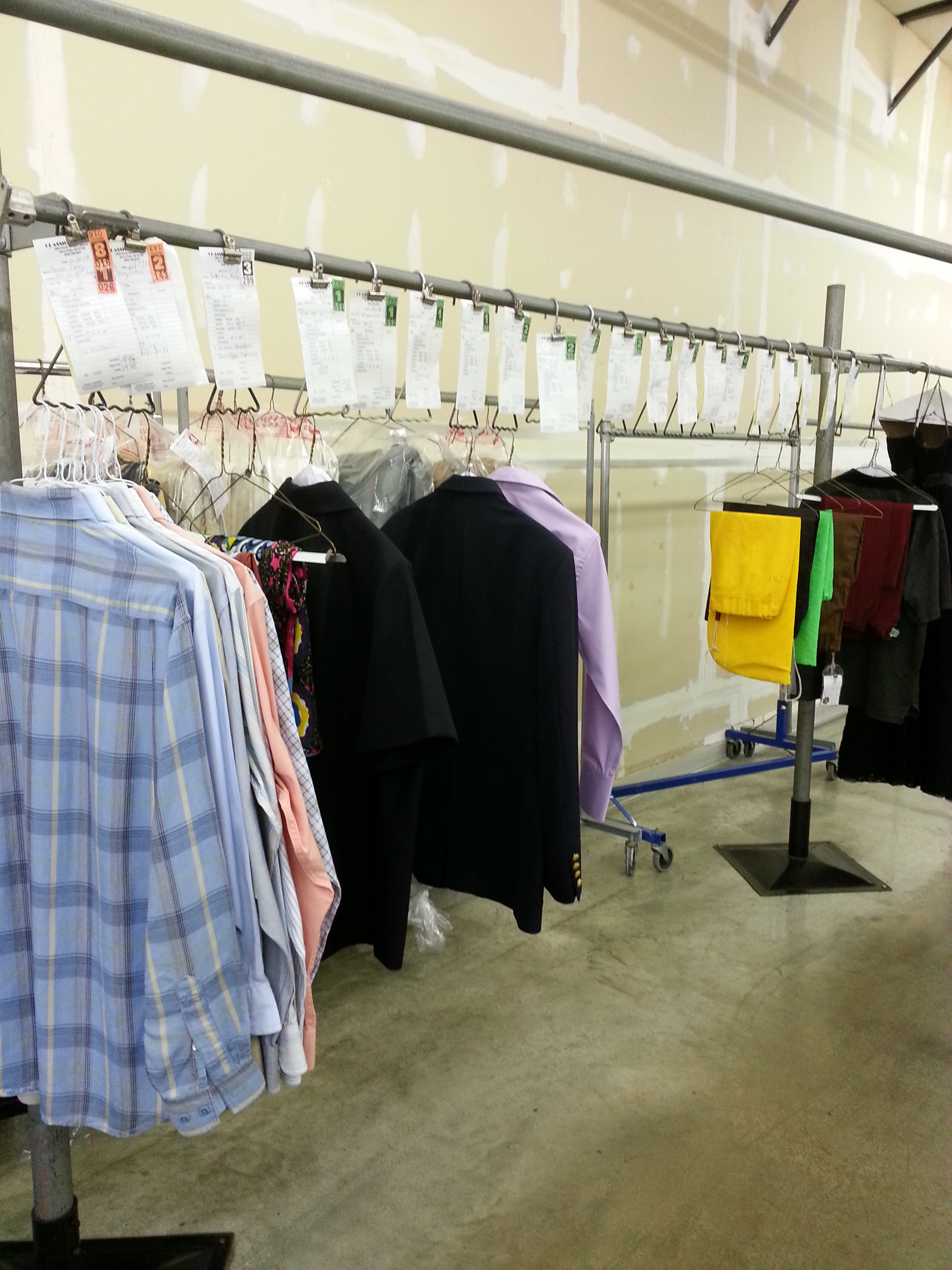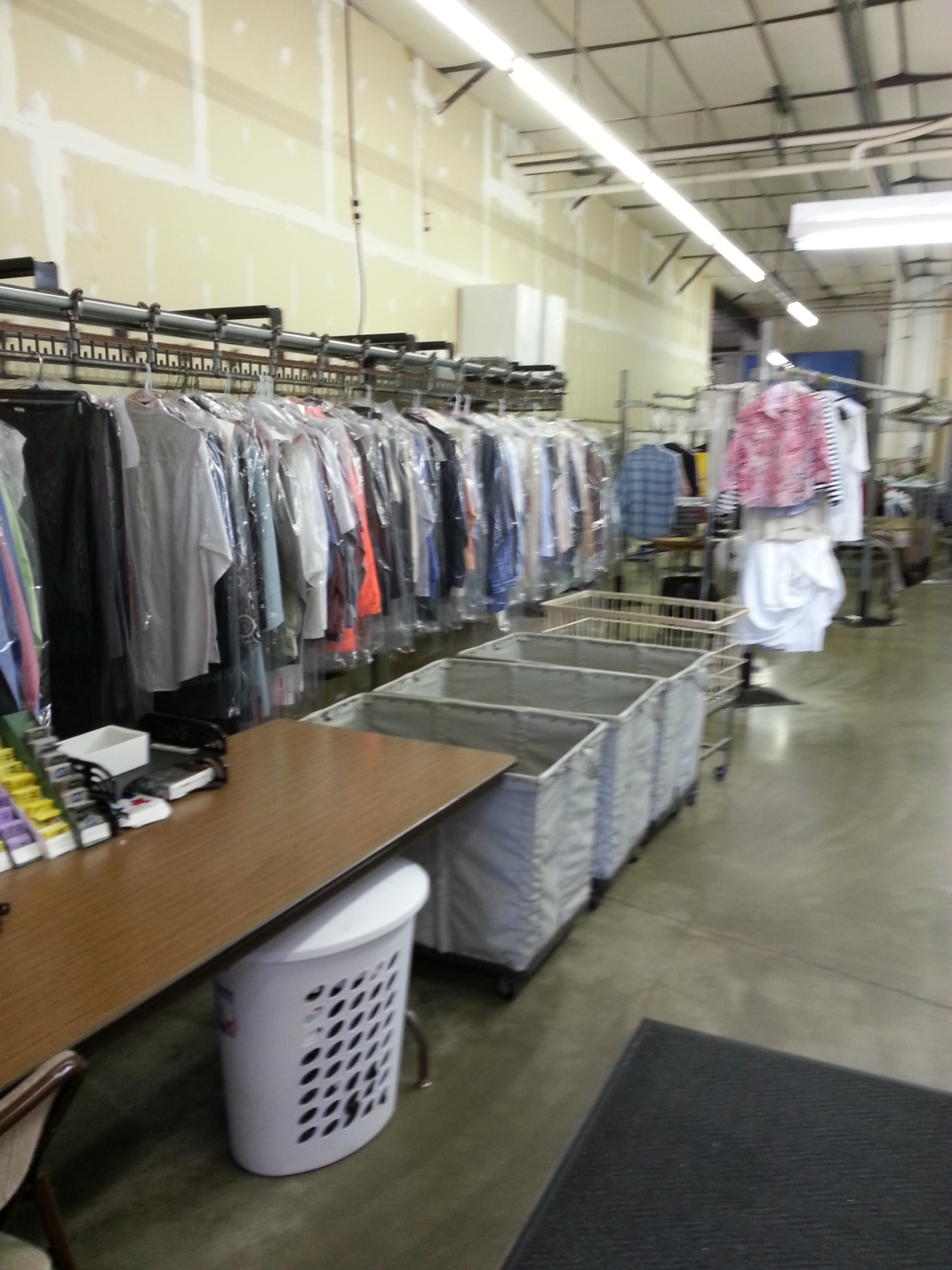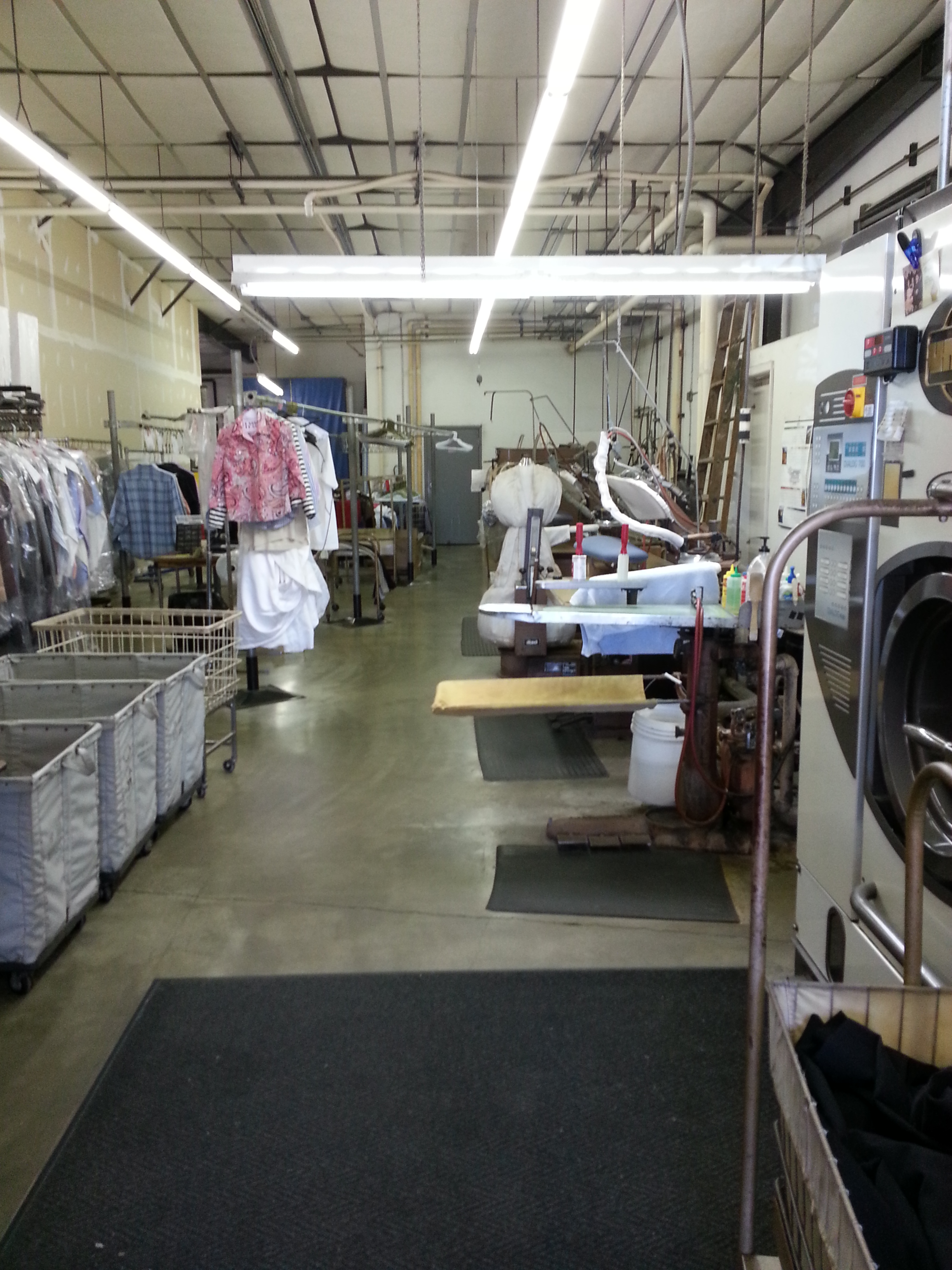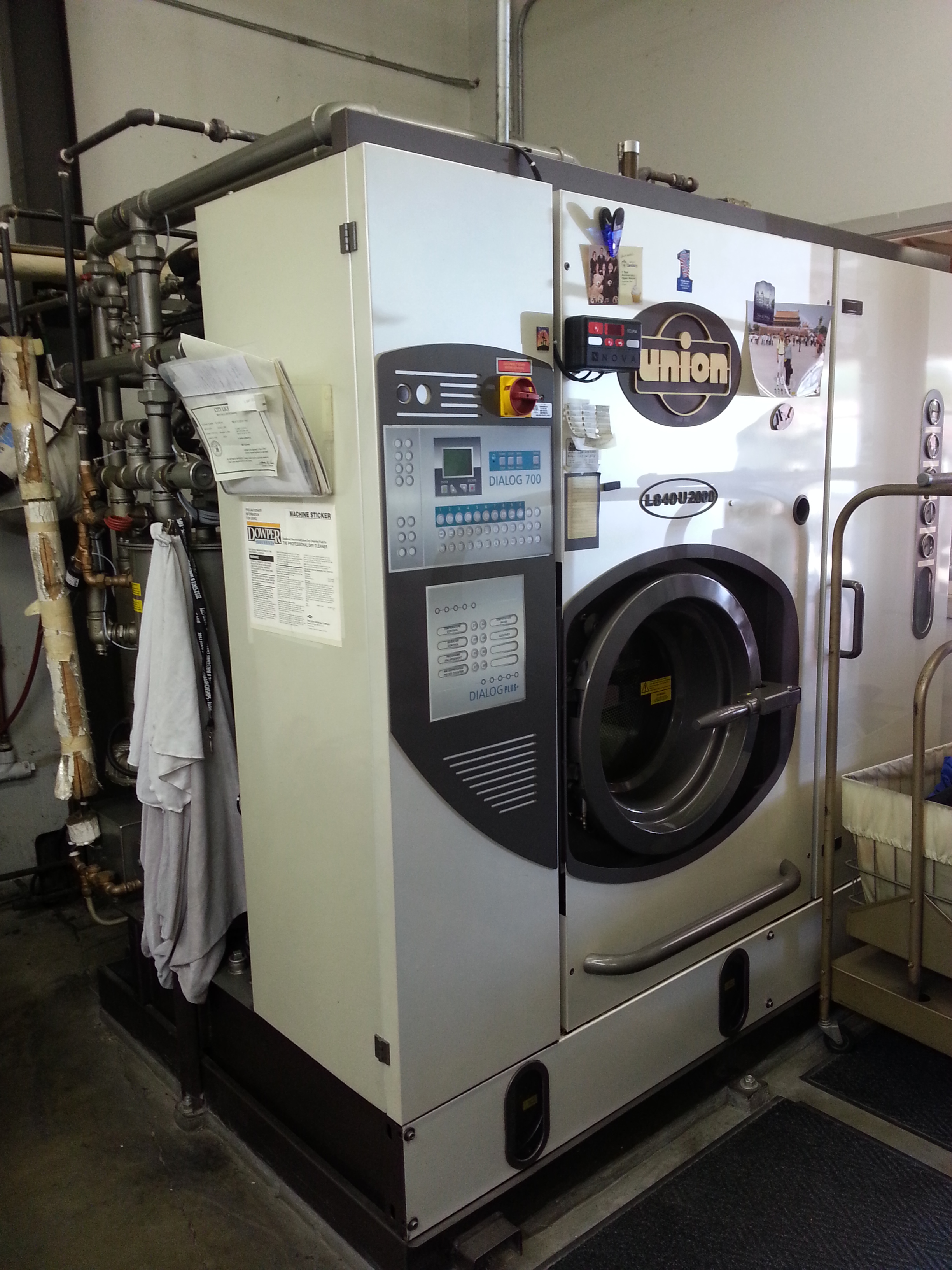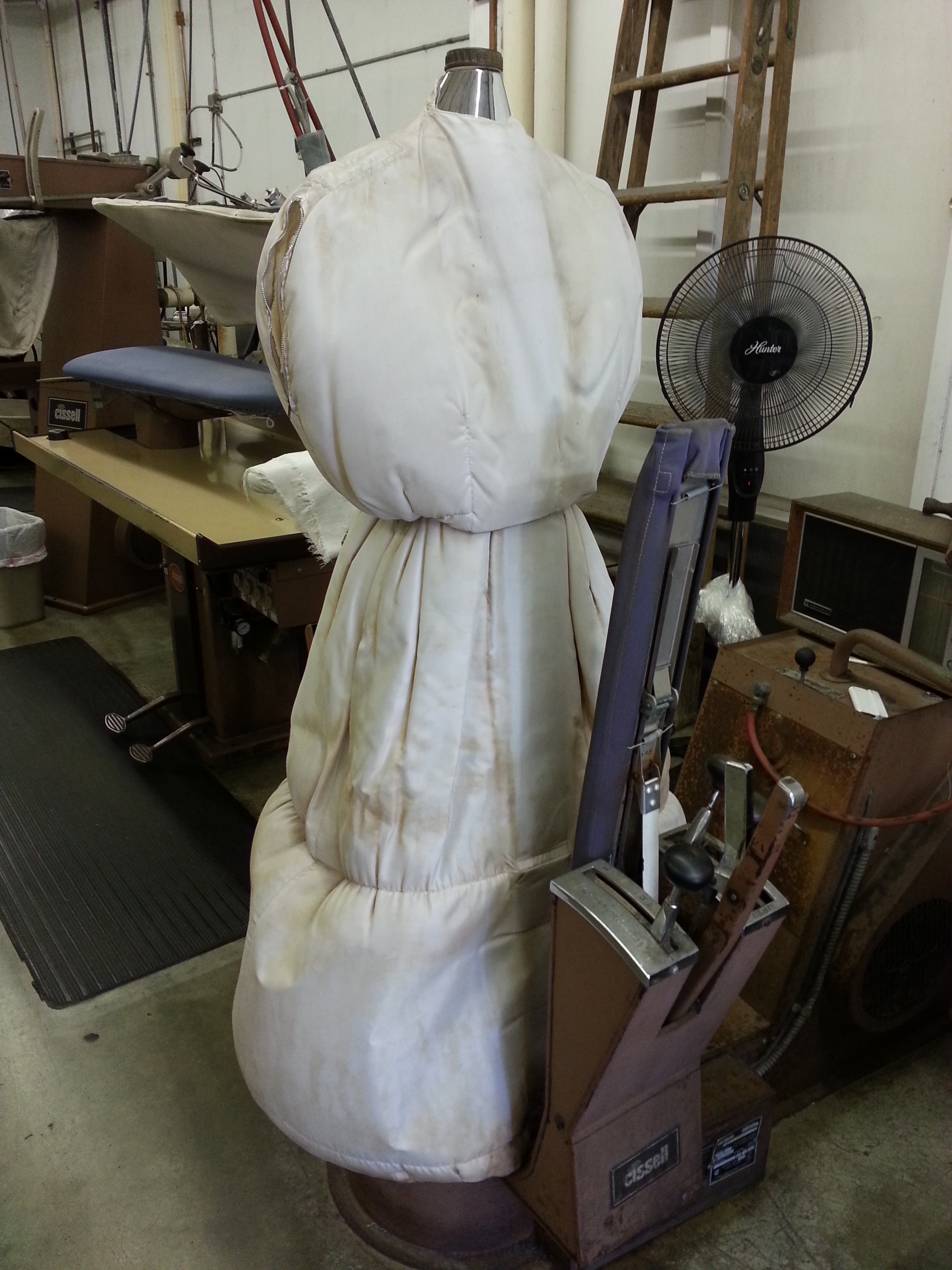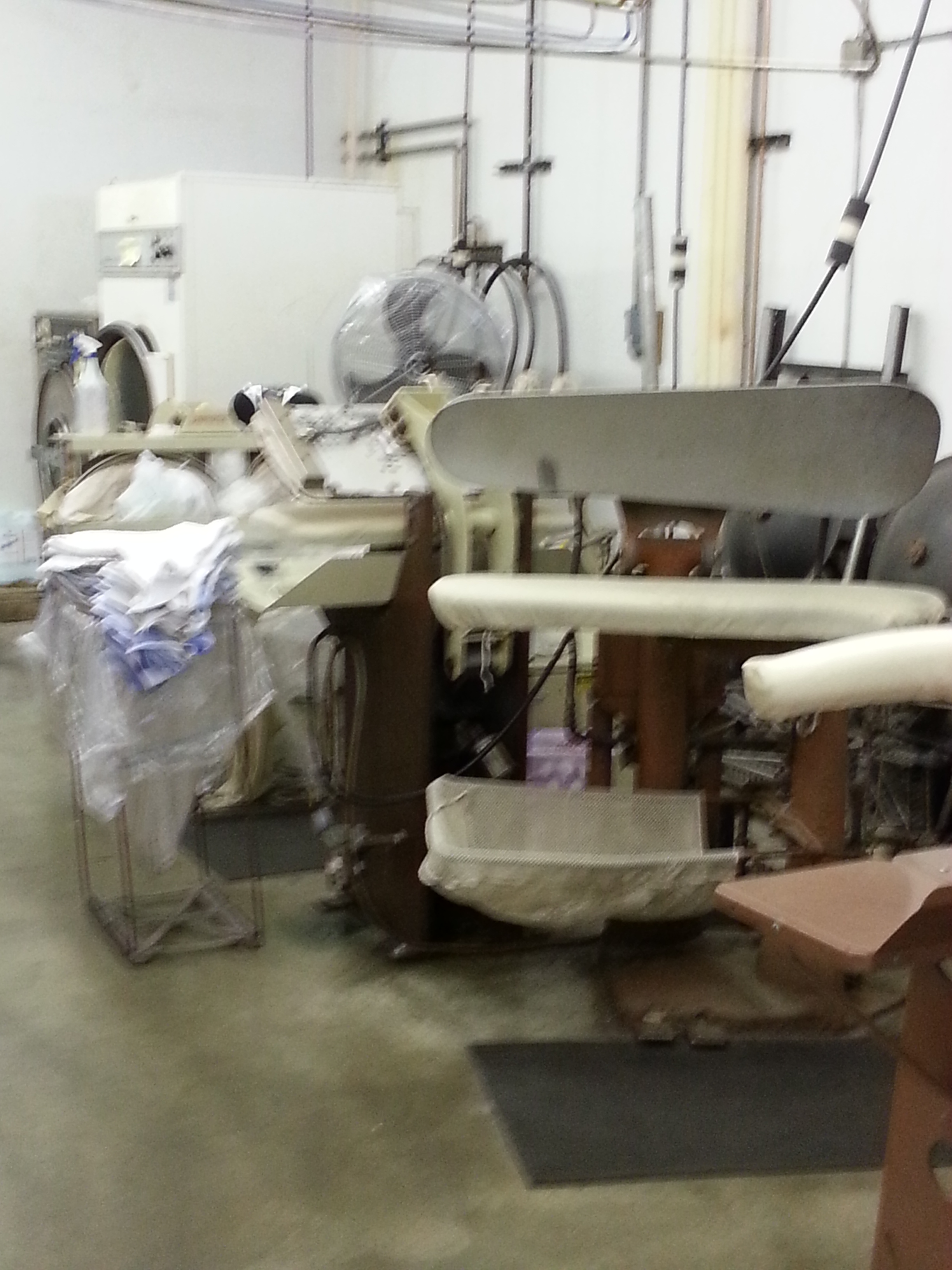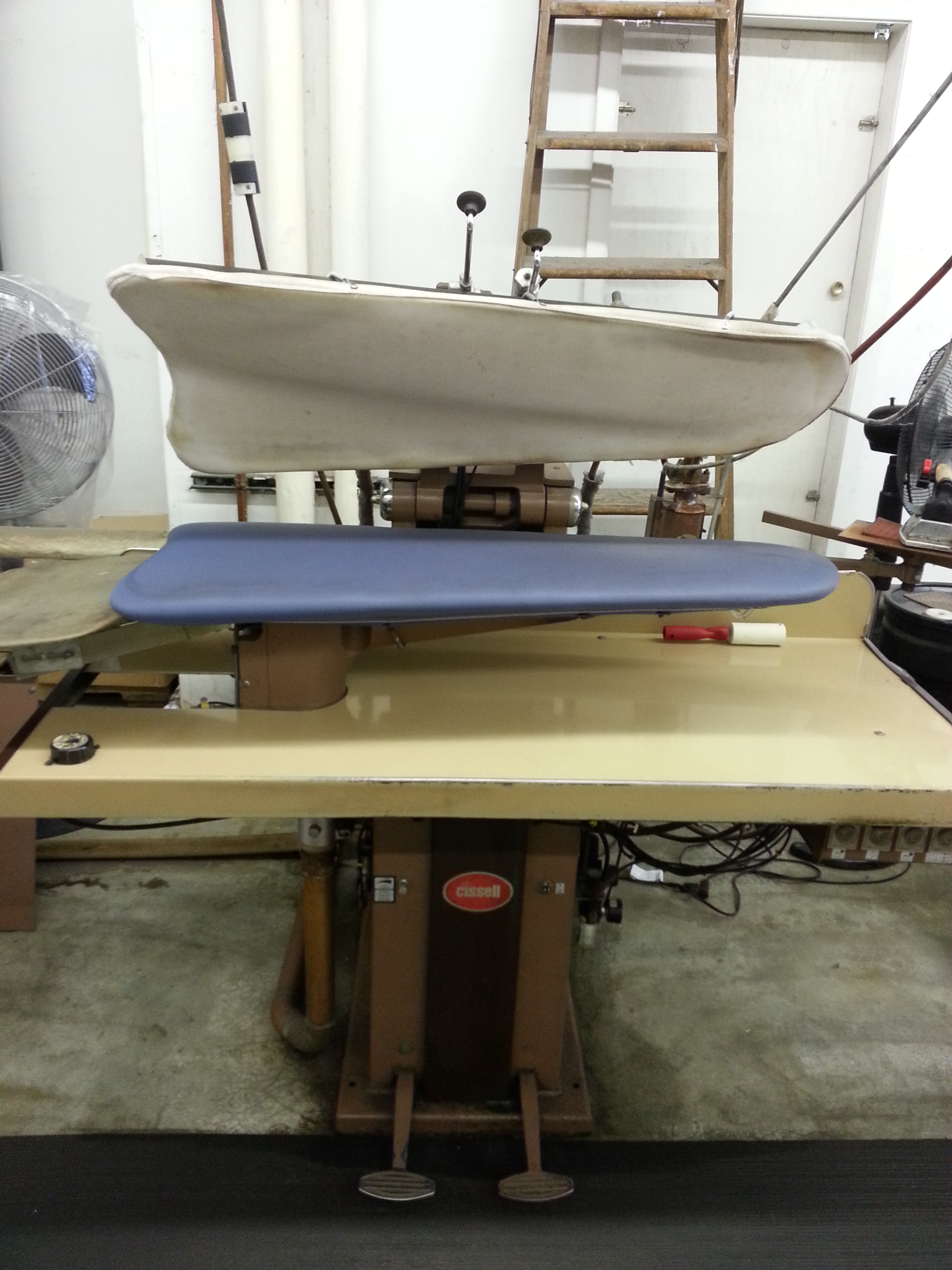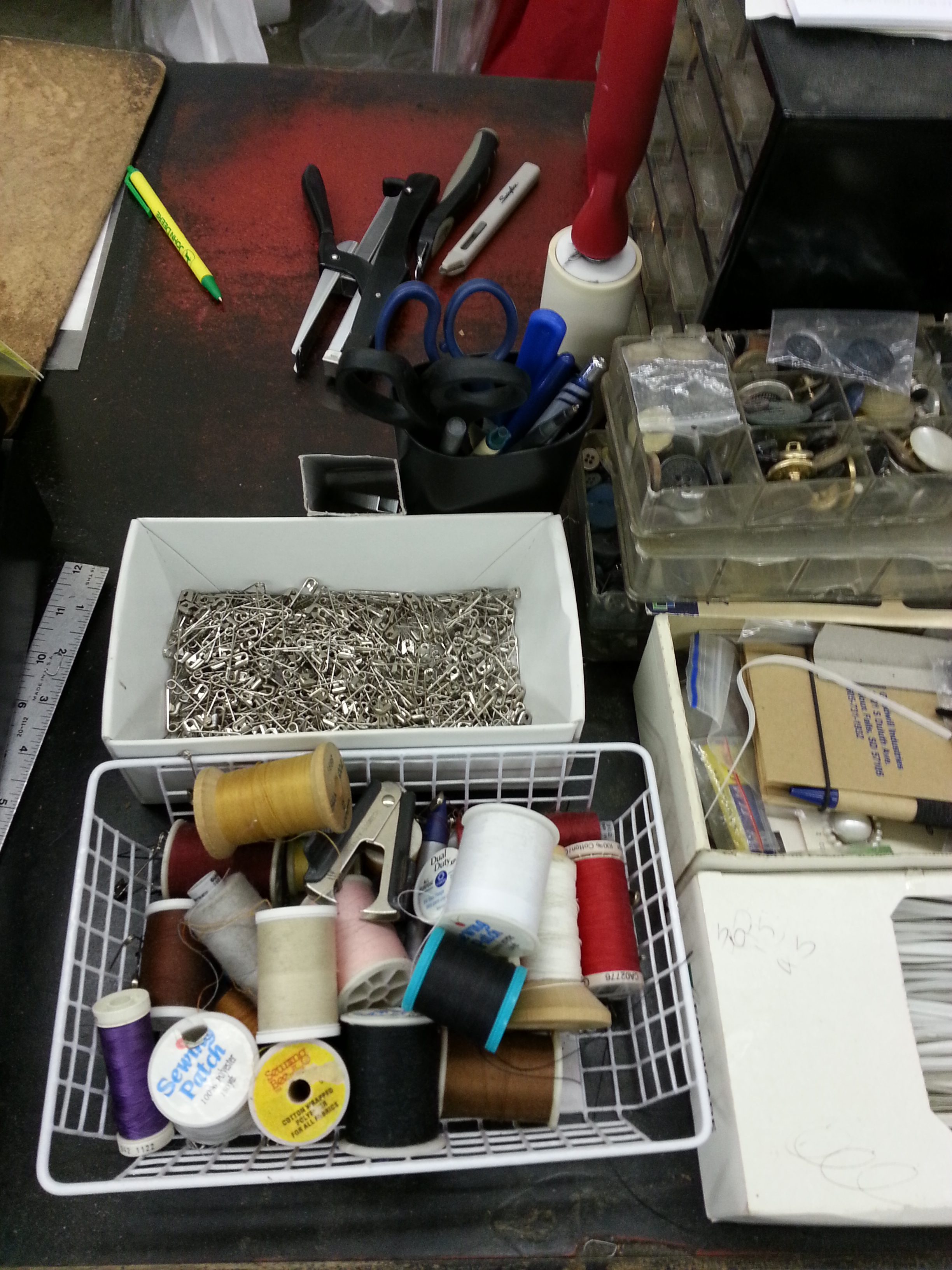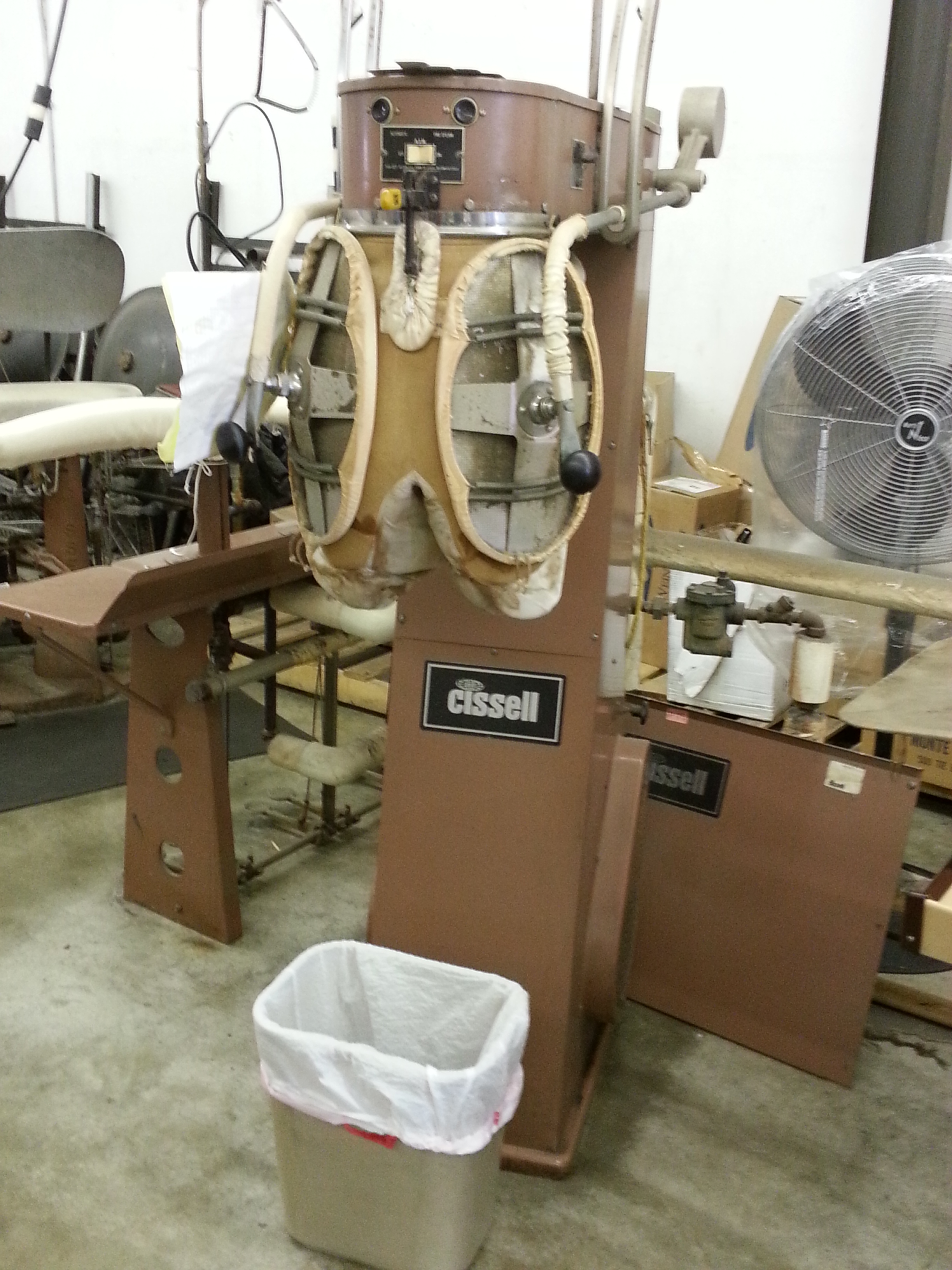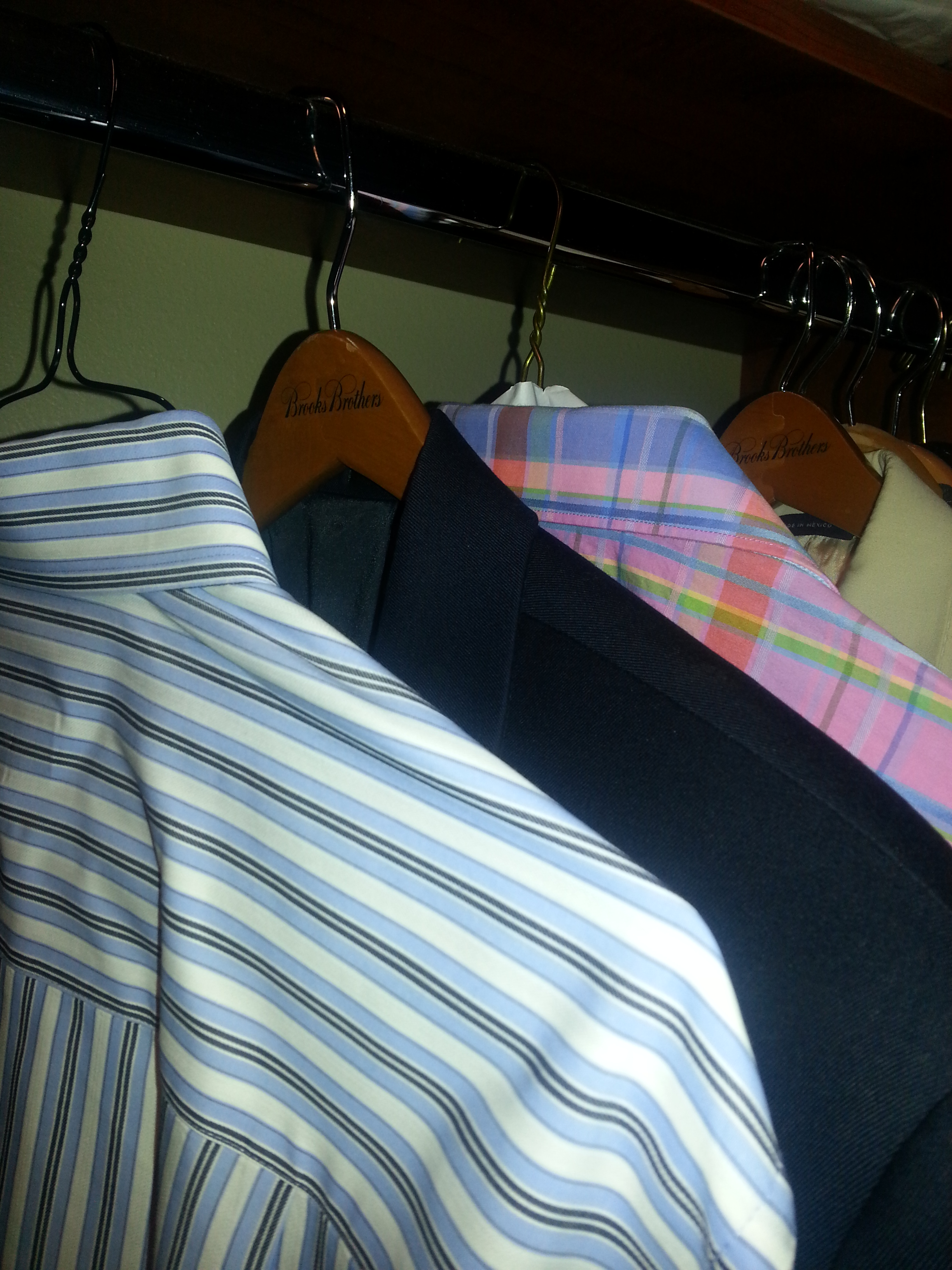A Montessorial approach to nature, in which the interconnectedness of simple structures is considered, can deepen an understanding and appreciation of many more seemingly complex principles and/or operations within a multitude of fields from business to medicine.
I saw a program on NOVA the other night, the topic of which was "Nanoarchitecture" and it was fascinating to learn that when you reduced the size of a gold particle (to the size of nanometers) you get completely different optical properties. Gold is no longer "gold" in color when taken to the 13 nanometer size. It's ruby red in color.
"...when a particle of gold is made very small...below 100 nanometers, the smaller the particle, the more it begins to absorb shorter wavelengths of light. Toward the blue end of the spectrum..and the redder it appears. When light rays hit a colored material some rays are absorbed and some are reflected."
-Chad Merkin and David Pogue Nova Series "Making Things Smaller"
The series also discussed "Structural Color...(as found in the iridescence of butterfly wings, beetle shells and peacock feathers). "Once you discover those new properties of nanoparticles, it almost always leads to new applications." Once such application is a new process of sequencing DNA / testing for genetic variations which is capable of being completed in less than 2hrs. One of the experiments which led to this DNA testing breakthough was one in which equal amounts but different shapes of silver nanoparticles were dissolved in vials of water. Different colored liquids were created based solely on the shape of those silver particles. Silver rods turned the water yellow, silver triangles turned the water green and silver prisms turned the water blue. These newly discovered reactions of nanoparticles were used to help develop the test that enables chromosomal abnormalities to be highlighted upon addition of similarly altered nanoparticles to a DNA sample.
There is tremendous value when a parent or business owner is reminded, through a Montessorial observation of the natural world, that visually observed characteristics of things (or people) can be variables depending on applied forces and independent perspectives...and that those observed characteristics don't necessarily dictate substance. Not only does this promote a wider-view perspective but it also reinforces the value in seeking possible factors outside of one's initial consideration.
If you pause long enough to take a much broader view of your child's development or of your business' operations, you may be fortunate enough to recognize that the natural world and the business world are inexorably bound due to the fact that we ourselves, regardless of how technical our tools or how complex our lives, are merely components born of and operating within the same kingdom as the elephant and the honeybee.
After a small amount of research, I quickly learned that applying holistic and systemic approaches to business, social or educational organizations based on principles in nature is not, by any stretch, new thinking... but has certainly been gaining more traction over the last few years.
Business Reinvention with Nancy Lin discusses the fact that scientists and technologists are uncovering innovative ideas and borrow efficient designs from nature. She answers the question: “Does nature offer leadership lessons that can help us manage the increasing level of uncertainty, speed of change and limited resources to achieve such business transformation?" in her January 6th interview with the Denise DeLuca, co-founder and director of BCI, Biomimicry for Creative Innovation.
Alan Moore, author of No Straight Lines discusses the fact that a non-linear world is one in which we embrace the power and potential of complexity rather than trying to break it down into unconnected bits and that we see the world systemically. A non-linear world is where we have the capacity and the tools (which already exist) to transform our organizations commercially and non-commercially to work with the grain of human nature not against it that run leaner, more efficiently, and are greener.
Giles Hutchins’ blog, The Nature of Business (one of my newest favorites) is exploring similar understandings of the interconnectedness of all things in nature and writes:
"Knowledge of the core principles of how life works becomes a critical skill for business leaders and change agents wishing to successfully transform their organizations in these volatile times. It is what BCI (Biomimicry for Creative Innovation) calls ‘ecological thinking for radical transformation'."
Most people in business subscribe to an outdated worldview, a perception of reality inadequate for dealing with the volatile and globally interconnected business world. What is required for the health and vitality of our businesses and economies is a radical shift in our perceptions, our thinking and our business behavior. We are witnessing a change in the business paradigm from one suited for the industrial era to one suited for the interconnected era.
At the core of this paradigm shift is a perception shift from ‘seperatedness’ to ‘interconnectedness’.
Just as in science we have discovered that no longer can the universe be viewed as a machine composed of elementary building blocks, so too must we avoid the propensity to view organizations as atomized, silo’ed and tightly managed machines more then we need view them as vibrant, living organisms interacting within emergent, self-regulating and self-organizing business ecosystems."
"Evolution is no longer seen as a competitive struggle for existence, but rather as a ‘cooperative dance in which creativity and the constant emergence of novelty are the driving forces"
-Fritjof Capra / Founding Director / The Centre for Ecoliteracy.
Ditto for business evolution and so business people need to shift perceptions from "...seeing isolated, competing aspects of the business environment to seeing the interconnected and emergent nature of the business reality ahead.”
And finally, Fortune Magazine’s Jennifer Alserver significantly contributed to this concept back in her March 2013 article titled “8 Lessons from the Birds and the Bees”:
“The burgeoning field of biomimicry, in which scientists copy nature to solve human problems, has drawn interest across industries -- from energy to consumer goods. 'There is a whole pipeline of people inventing by looking to the natural world', says Janine Benyus, founder of Biomimicry 3.8, a consultancy that has helped Colgate-Palmolive (CL, Fortune 500), Levis, Nike (NKE, Fortune 500) and Boeing (BA, Fortune 500) reformulate products using biomimicry “.
Nicholas Sykes' TED X talk: - Biomimicry 2.0
https://www.youtube.com/watch?v=uKQvr-RJQeg&noredirect=1
I continue to discover new and exciting aspects of my business since adopting a more Montessorial perspective on any business venture.








